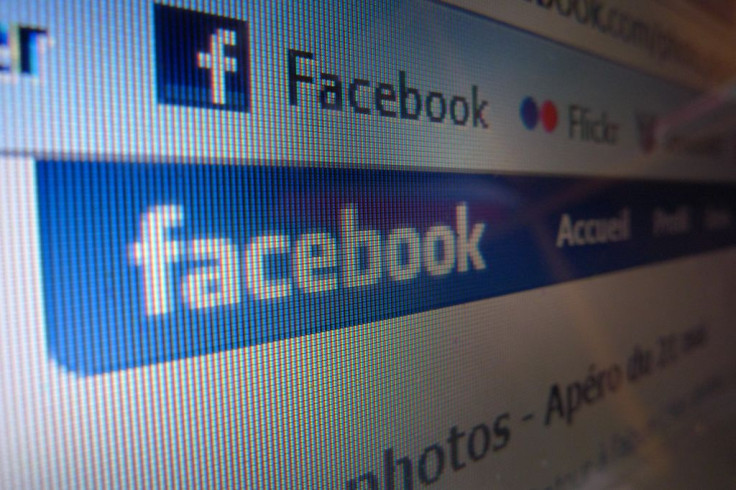Facebook Friends Are Good But Real, Quality Friendships Are Forged Offline

At first glance, social media websites like Twitter and Facebook look like they provide a space where we can start new relationships and work on them without ever leaving our computer. However, relationship experts are split as to whether or not these relationships can actually flourish without face-to-face contact. A recent study led by Professor Robin Dunbar, psychologist from the University of Oxford, has found that the same psychological constraints that limit our number of offline friends also limits our number of online friends.
“Social media certainly help to slow down the natural rate of decay in relationship quality that would set in once we cannot readily meet friends face-to-face,” Dunbar said in a statement. “But no amount of social media will prevent a friend eventually becoming 'just another acquaintance' if you don't meet face-to-face from time to time. There is something paramount about face-to-face interactions that is crucial for maintaining friendships. Seeing the white of her eyes from time to time seems to be crucial to the way we maintain friendships.”
The research team set out to test the Social Brain Hypothesis — a school of thought that suggests the human brain is only capable of processing enough relationships to create a group size between 100 and 200 people. Not only are the constraints of the human brain to blame, but the amount of time we're given to work on the relationships (meeting or talking to people) also plays a major role.
Dunbar and her colleagues conducted two surveys involving over 3,300 respondents to gauge whether Internet usage really translated into having more friends. The first group to complete the survey was made up entirely of regular social media users. If the Social Brain Hypothesis were due to time constraints then social media sites should alleviate that concern by providing a platform for people to communicate at the drop of a hat even if it’s not via direct contact.
Regular social media users reported having an average of 155 friends on Facebook while respondents from the second survey group reported an average of 183. Women in the first group reported, on average, having around 166 friends and men 145. Similarly, women from the second group reported around 196 friends and men 157.
Now, when it came to how close the respondents felt toward their Facebook friends, their responses seemed to agree with the Social Brain Hypothesis. Out of around 155 friends on Facebook, respondents from the first group only considered 28 percent to be “genuine” friends. Furthermore, they indicated there were only four Facebook friends they could turn to in times of crisis and 14 they would turn to for sympathy.
“Although social media may seem like the perfect way to make and maintain friendships, this research shows that face-to-face interaction is essential for truly authentic relationships and that shares, selfies, and 'likes' are no replacement for the bonding that takes place whilst sharing food, experiences, and anecdotes,” said Sue Fudge, director at Thomas J. Fudge's, a bakery that supported the research, in a statement.
Even respondents who exceeded the average number of Facebook friends still had similar-sized crisis support and sympathy groups. Social media sites, like Facebook, do allow for someone to have more friends, but only because looser acquaintances were added to their “friends” category. Although we are clearly able to distinguish between close and distant relationships in the real world, doing so accurately on social media gets a little tricky.
Source: Fudge S, Dunbar R, et al. Do online social media cut through the constraints that limit the size of offline social networks? Royal Society Open Science. 2016.
Published by Medicaldaily.com



























